As much as 78% of the solar rooftop market is stymied by shading, architectural problems or lack of ownership, as is the case with people who want to go solar but live in apartment buildings. Community solar is a development concept that could solve the problem, and experts say the concept is poised to take off.
NREL says a community solar system is one that, through a voluntary program, provides power or financial benefits to, or is owned by, multiple community members.
For example, an electric cooperative in Michigan built a 20.9-kW solar array and offered 20-year panel leases to residents at $425 per panel. Residents will receive a bill credit of 8.2 cents for every kWh their panel produces. They also receive the knowledge that they’re helping produce clean energy, which, for many residents, is as valuable as cash.
“Community solar is exploding,” said Todd Davidson, director of marketing at Clean Energy Collective, a leading community solar developer. The Colorado-based company has 24 MW of projects up-and-running with three times that under development. “It is a miraculous solution because of the accessibility. Anybody with an electric bill can participate.”
“Anybody,” as long as the local legislation allows it. Seven states have active community or shared solar programs, most being in New England, according to Vote Solar. Another 10 states have proposals that include shared solar in front of legislators that are stand-alone or part of larger energy packages.
Virtual net metering, a contentious subject among utilities and legislators, is an essential component of community solar, as it allows electric users who do not live on the property where the array is installed to benefit from the system.
Further signaling community solar’s market legitimacy, mega-developer First Solar recently took interest in community solar, acquiring a part of Clean Energy Collective.
“Distributed generation in the form of community solar expands the addressable market dramatically beyond the traditional residential or commercial sectors, and CEC has led the way in making that happen,” said First Solar CEO Jim Hughes in a statement.
The move was an integral part of First Solar’s distributed generation strategy, substantially strengthening the company’s entry as a solutions provider in the residential and business solar markets.
Davidson said the biggest hurdle for community solar is consumer education. With estimates of about 55 projects complete so far, it’s still a new concept. Most people don’t understand how a solar array down the street could potentially benefit them.
“It’s getting out in the market place and helping them understand that in most instances they’re going to buy panels in a community solar array—not on their roof—and they’ll receive credits on their bill,” Davidson said.
Legislative hurdles, he said, are simply “opportunities.”
This article was published here with permission from the original publication on Solar Power World Online by Steven Bushong




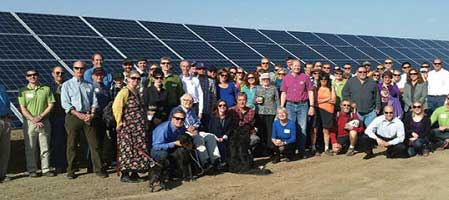

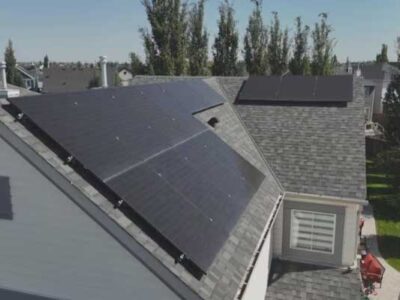
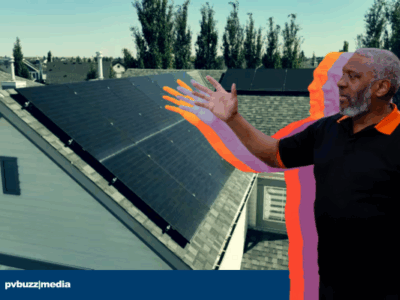

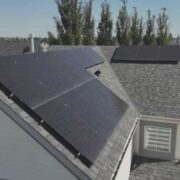
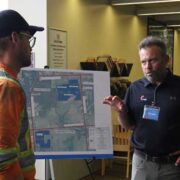

Comments